Last updated on October 25th, 2022 at 11:38 am
Introduction to Hydroponic Cabbage
Table of Contents
Hydroponic Cabbage or Cabbage in general is a cool season crop which loves cool temperatures ideally between 15-25 degrees Celsius but it can tolerate temperatures lower than 10 Degrees Celsius and even close to Freezing point but the growth will slow down immensely
There are lot’s of varieties of Cabbage available and you can choose a variety as per your local climate. For Hydroponic Cabbage Farming there is no best cabbage for hydroponics as any variety that you get at your local horticulture store according to your climate is best whether you choose to grow Napa Cabbage or Chinese Cabbage in Hydroponics
Cabbage belongs to Cole family Which also includes vegetables like Hydroponic Broccoli , Hydroponic Cauliflower, etc and with Hydroponics making it possible to Grow Cabbage in water you even have the flexibility to Grow Cabbage Indoors but that’s an altogether different discussion
So, let’s begin the journey where I am going to share how to grow Cabbage at Home in Water using Deep Water Culture System
Starting Hydroponic Cabbage Seeds
To Start seeds, I use propagation tray and washed cocopeat as growing media. You can see in below image that I have the materials ready for seed sowing. Cocopeat I used was already wet so that I wouldn’t have to water it after sowing seeds
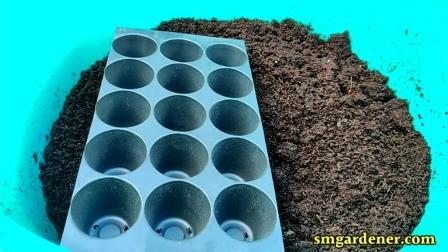
First, the cells or cavities in the pro tray needs to be filled with cocopeat a little below the edges or rim so that we have space left to put some more cocopeat in order to cover the seeds.
Below you can see I filled the cells with cocopeat and put 2 cabbage seeds per cell to ensure good germination. I used NBH-Arun Hybrid Cabbage seeds from Noble Seeds which is a good company. After putting seeds, I covered them with just enough cocopeat to hide them
You can keep the growing media moist with the help of water sprayer whenever you feel it is going dry. Just make sure yo are using water with TDS below 200 ppm or EC 0.4 ms/cm
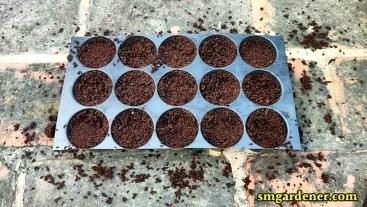
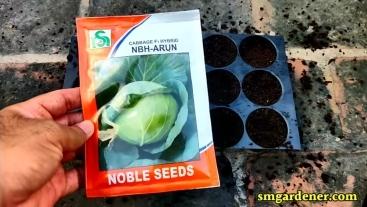
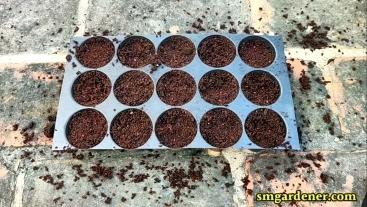
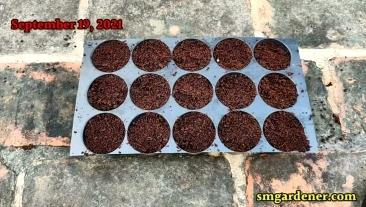
Germination and Feeding Cabbage Seedlings
Cabbage seeds can take anywhere between 4-7 days to germinate depending on temperatures. When starting seeds try to start while climate is still a little warm so that seeds can germinate easily and quickly and also seedlings are ready for transplantation before winters truly arrive
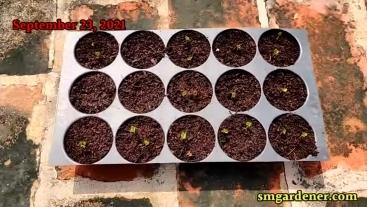
In my case, seeds started germinating on Day 4 and first two leaves of the seedlings (cotyledons) were completely open by Day 8. This is when I start feeding seedlings Hydroponic Nutrient Solution and below you can see starter Nutrient Solution for Cabbage seedlings with TDS between 250-300 ppm or EC 0.6 ms/cm
I bottom feed the seedlings where I put the propagation tray in a slightly big but shallow container with nutrient solution in it and there are holes in the bottom of the pro tray cells from where cocopeat sucks up the solution
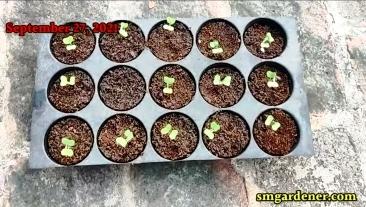
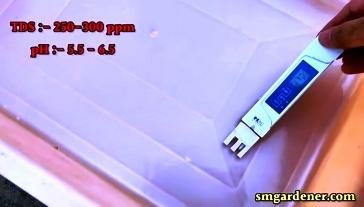
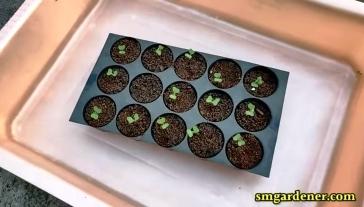
When raising Cabbage seedlings, I kept on increasing strength of nutrient solution by TDS 100 ppm or EC 0.2 ms/cm every week and kept it below TDS 500 ppm or EC 1.0 ms/cm before Transplantation
Transplanting Cabbage Seedlings in DWC
Seedlings can be transplanted when first pair of true leaves have appeared which is usually around 3-4 weeks from seed sowing. First pair of true leaves is usually the second pair after cotyledons which means 3rd and 4th leaves are true leaves. You can see below that seedlings were ready to be transplanted in 4 weeks
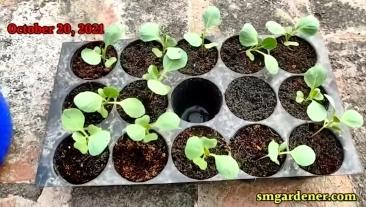
To transplant each seedling has to be removed from it’s individual cell and then cocopeat around the roots should be removed as much as possible. You can shake the seedling gently to let the cocopeat loose and fall off and further remove it using water to wash it off
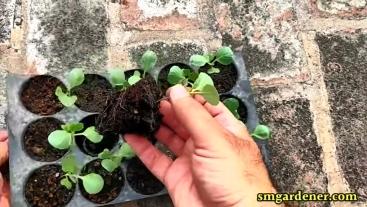
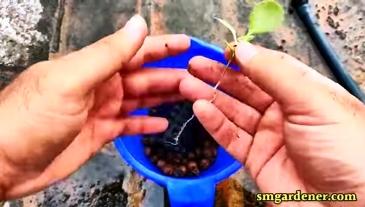
After removing cocopeat, I had to put the seedling into a 3 Inch Net Cup for support and to be placed in to DWC system. For this seedlings need to be inserted into net cup so that the roots come down from the bottom of the net cup to be in touch with nutrient solution
I used Clay balls or Hydrotons around the seedlings in 3 Inch net cup for support and to prevent them from toppling off
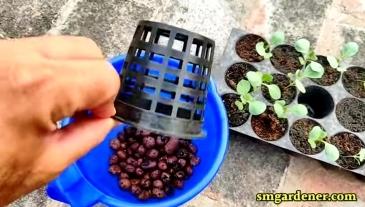
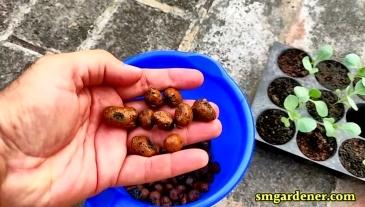
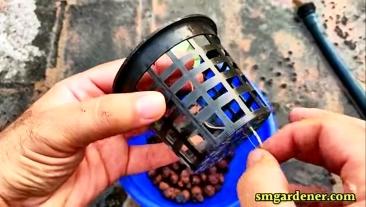
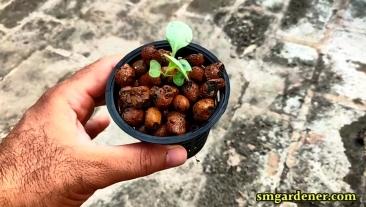
An Overview of Deep Water Culture System in Hydroponics
Since I grew Hydroponic cabbage in DWC, I think it will be best if I give an overview of DWC system I built before moving ahead
DWC or Deep Water Culture system is a Hydroponic System where nutrient solution is stored in a container which acts as a reservoir and there is no circulation of the same. Plants are placed on the top of the container or reservoir with roots directly in touch with solution as they grow and solution is aerated with the help of Air Stone that disperses air pumped by an Air pump
Below you can see I chose 30 Liter ( 7 Gallons approx) bucket for the same purpose with a hole in the center of the lid to put the seedling in it

Quantity of nutrient solution per plant in DWC is way more than Nutrient Film Technique which is shallow and because DWC has more solution depth wise without any circulation, there is a need to aerate the solution to keep oxygen levels appropriate for plant roots
Aeration is provided through air stones which creates bubbles in solution and provides air pumped by an air pump with one end of transparent tubing connected to air stone and the other end connected to Air Pump
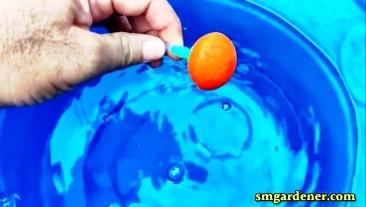
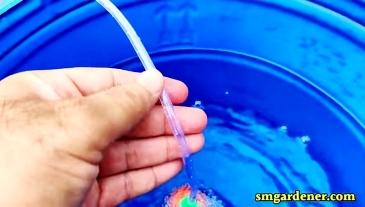
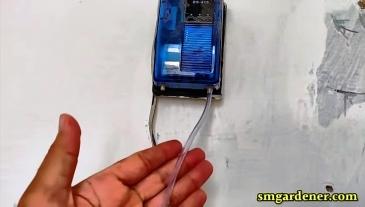
Before Transplanting nutrient solution has to be made and be already in our DWC container and therefore I made a solution with TDS around 550 ppm or EC 1.1 ms/cm and then simply placed the net cup in the center of the lid with roots touching the nutrient solution
In the beginning, 1-2 inches of roots is always submerged in the solution so the level has to be maintained in that way and later on when roots grow longer, levels can be dropped slightly
pH of the solution is always to be kept between 5.5 to 6.5 for optimum growth. So, I won’t be talking about pH much, just keep above mentioned range in mind
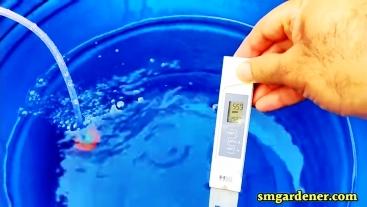
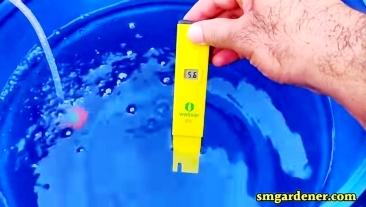
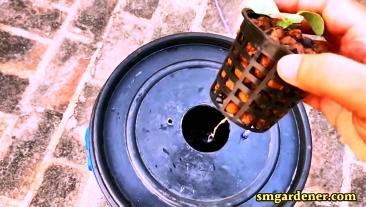
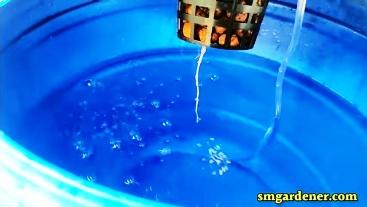
Growth Stage
After Transplanting seedlings into DWC system, I made fresh nutrient solution every 10 days and increased the strength of nutrient solution by TDS 250-350 ppm or EC 0.5-0.7 ms/cm with reaching full strength at around TDS 1250 ppm or EC 2.5 ms/cm.
Below you can see, I made two DWC systems and both had seedlings transplanted into them ready to grow further
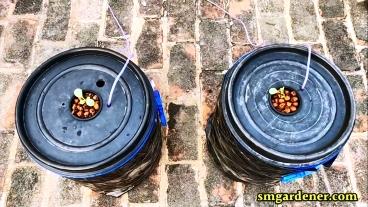
Seedlings grew really well, turned into beautiful plants and eventually cabbages were ready for harvesting at around Day 90 . Below you can see growth update at certain intervals
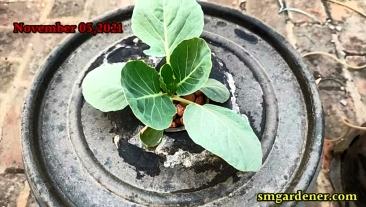
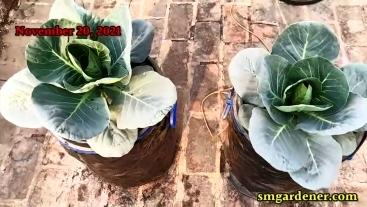

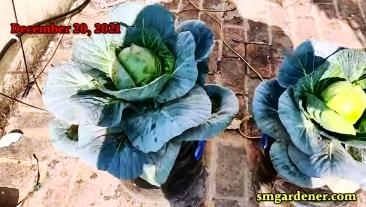
Harvesting Hydroponic Cabbage
Hydroponic Cabbage Harvest Time :- On December 20, 2021 approximately 90 days after sowing seeds, cabbages were ready to be harvested and you know they are ready to be harvested when the heads are firm and hard with no loose spacings when you touch them. If you feel heads are soft and loose, give them couple more days to mature

I used a sharp knife to cut the cabbages from the base of the stem and you can also leave the plants as it is if you wish to get some more tiny cabbages but i don’t think it’s worth the effort. Below you can see harvested cabbages head
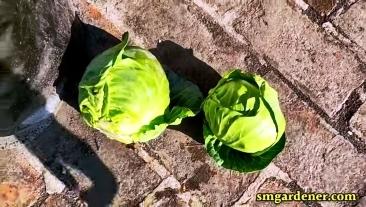
Nutrient Solution Recipe for Hydroponic Cabbage
Whether you are growing Hydroponic cabbage in Kratky or Nutrient Film Technique or any other hydroponic system, nutrients are very important for plants especially in hydroponics because plants are dependent on us for their well being
Therefore, a well balanced Hydroponic Cabbage Nutrient Formula was required to provide all essential nutrients like Nitrogen, Phosphorus, Potassium, Calcium, Magnesium, Sulphur and Micro nutrients like Iron, Manganese, Boron, Molybdenum, Copper, Zinc, etc
To grow cabbage hydroponically, I used the same hydroponic nutrient solution recipe that I use to grow other fruiting vegetables which is very amazing formula and works really well. You can check CLICK HERE to check out my post on making DIY nutrient solution from scratch for complete details
You can also watch Hindi Hydroponic Cabbage YouTube Video on my YouTube Channel :-
Can You Grow Cabbage Hydroponically?
Yes. Cabbage can be grown in Hydroponics and the best systems for cabbage are Dutch Buckets, Deep Water Culture, Drain to Waste and Nutrient Film Technique
How Much Time Do Hydroponic Cabbages Take to be Harvested?
Cabbage in Hydroponics are ready to be harvested between 80-100 days after sowing seeds
What is Ideal Hydroponic Cabbage Spacing?
Ideally Cabbages should be spaced at least 18 inches from center in hydroponic systems like Nutrient Film Technique, Ebb & Flow
Can Chinese Cabbage be Grown Hydroponically?
Chinese Cabbage can be grown hydroponically same way as any other Cabbage. Please read this article to know more about growing Cabbages Hydroponically
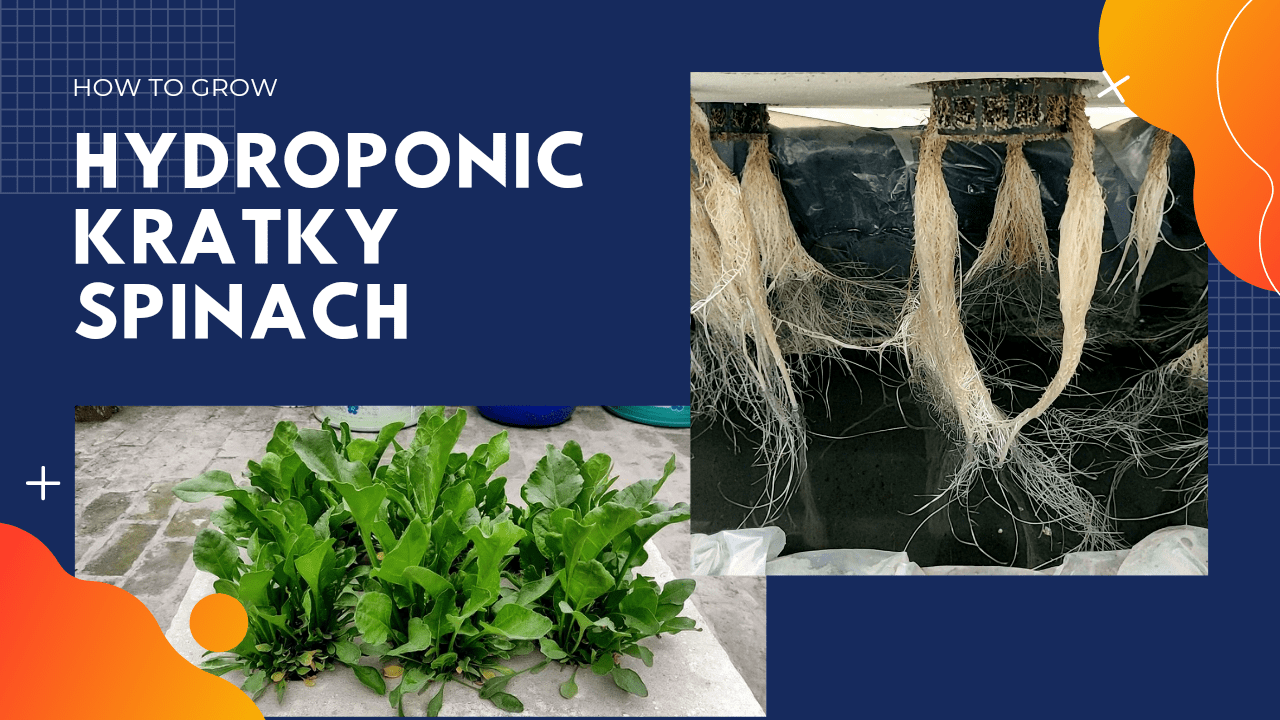
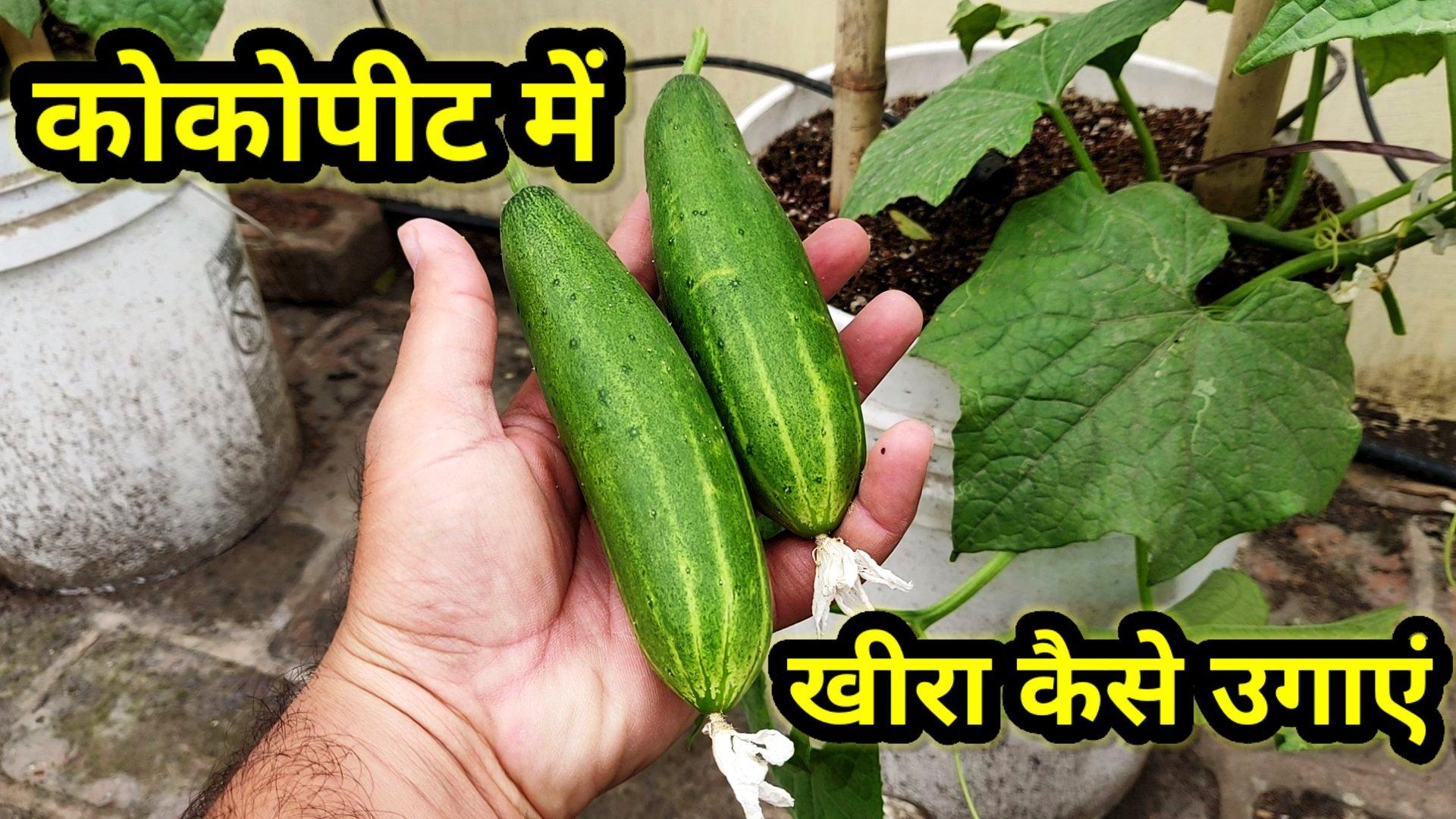
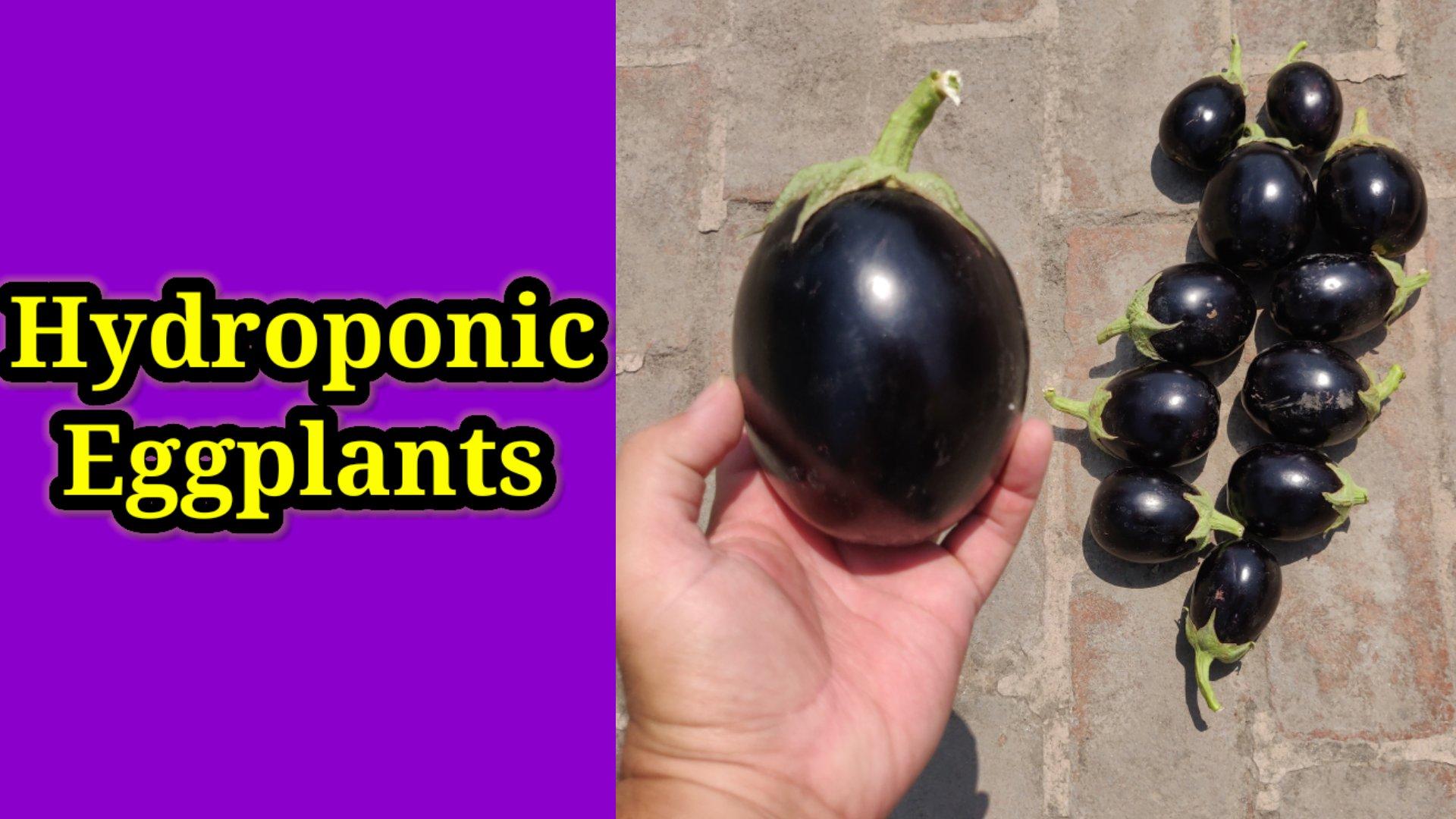
0 Comments